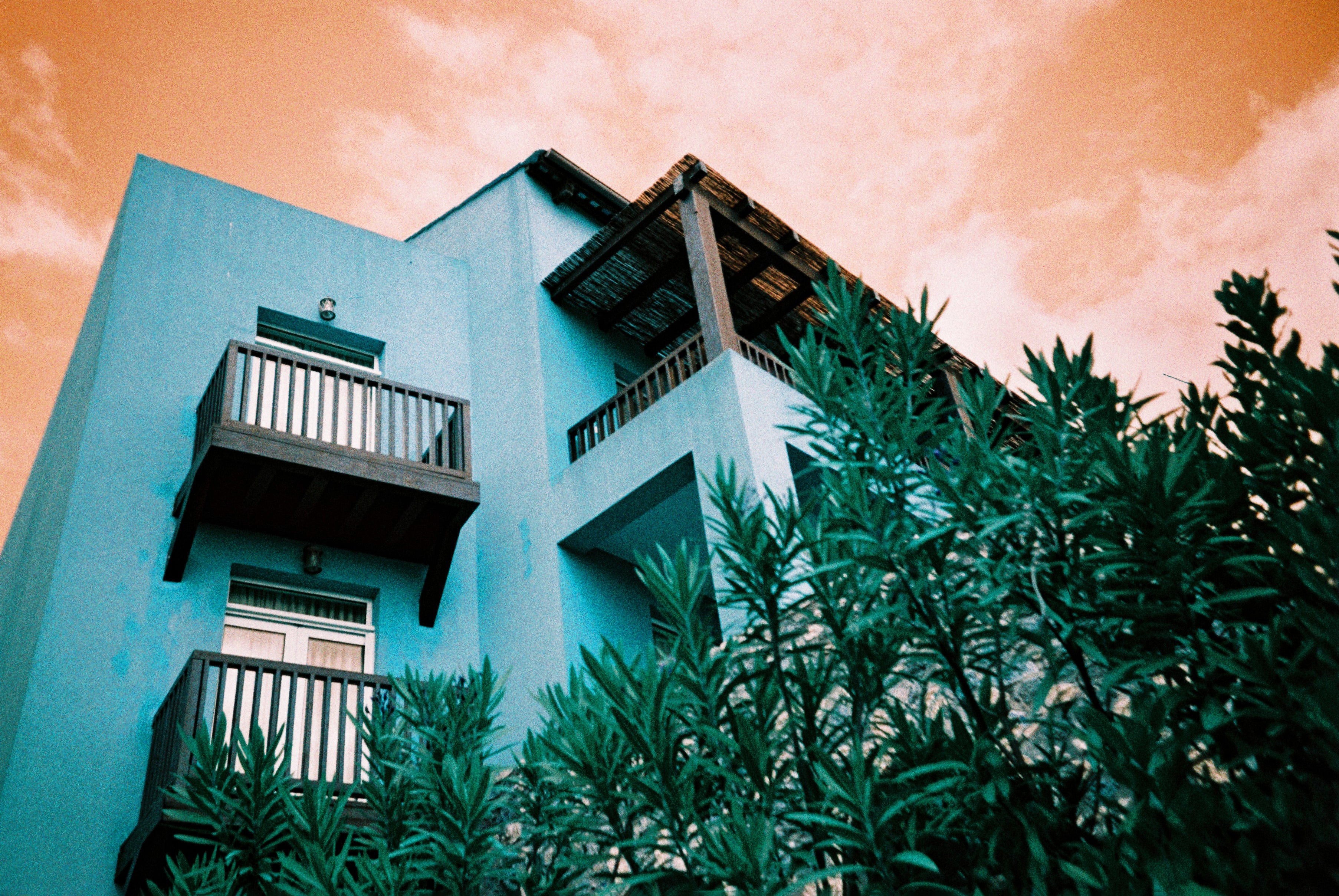This is a difficult film to review: the end results are pleasant and under the right conditions, the film shows wonderful potential with a lovely grain structure and a fantastic cinematic look.
Unfortunately, however, to get there, one needs to be very patient and resilient (or send it to a lab). I have been developing my own film for quite a while. So far, this one has been the most troublesome. Loading it on plastic reels is difficult and frustrating as it tends to twist and turn a lot. I also found that it needs longer fixing than other emulsions. Despite using wetting agent as normal, the film developed drying marks. The biggest surprise was the heavy curling which made the negatives impossible to scan at first (flattening the strips under a stack of books worked well). The film has a dark film base which might limit the tonal range. Of course it is perfectly possible that I just got unlucky with the two rolls I shot and developed so far.
Once dry and flat, the negatives look fine. If you are used to the classic 400 emulsions, don't be discouraged by the dark, yet thin film base; the negatives still scan nicely. That being said, the film definitely has less latitude and flexibility than HP5 or Tri-X and needs good light to shine. But if you find that golden hour sweet spot, the images come out looking great displaying a strong cinematic nostalgia and lovely cubic grain. The sample photo below was shot during golden hour and with a yellow filter attached to the lens (developed in Rodinal 1:50 for 13 min at 20°C; exposed at EI400 with adjustments for filters). The negatives without yellow/orange filters tend to look a bit too flat for my taste.
Despite the pleasant results and the cinematic look, it did not win me over. HP5 and Tri-X are more flexible emulsions, easier to develop, virtually indistructable, and deliver great, contrasty results in almost all lighting conditions. I would give the film 3.5 stars - but in absence of half stars, I will have to award 3 stars.

